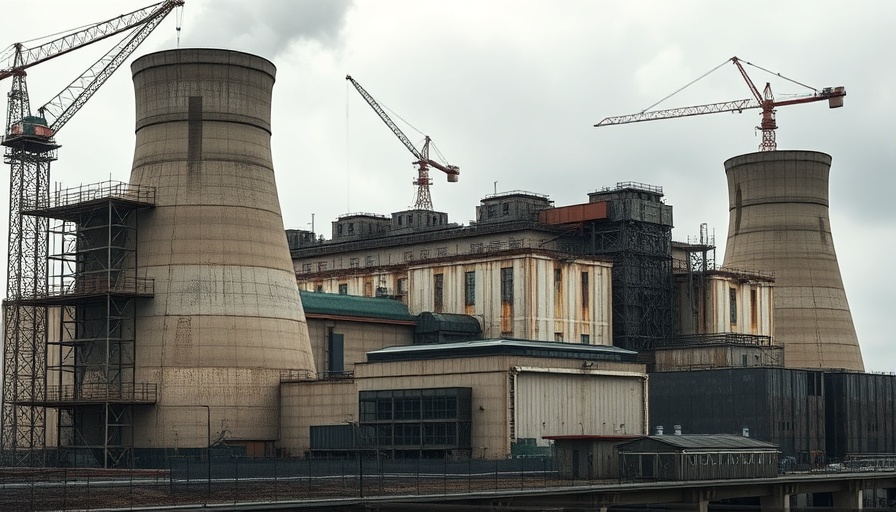
The Importance of Nuclear Energy in Today’s World
Nuclear energy is often seen as the quiet giant in the energy sector, providing about 10% of the world's electricity and nearly 30% of all low-carbon electricity. As we strive for cleaner energy solutions, nuclear power's role has become more prominent. However, many of our nuclear power plants are aging and face significant challenges as their operational lifespan comes into question.
Challenges Facing Aging Nuclear Reactors
Today's reactors average around 40 years old. This poses a big question: how can we trust them to keep providing safe, reliable energy? Aging reactors often encounter issues with their parts, like brittle steel walls and failing pumps. According to the International Atomic Energy Agency (IAEA), about 30% of nuclear reactors will reach their intended end of life in the next ten years, leading to concerns about what happens if these facilities shut down.
Examples from Around the Globe
Many nuclear plants around the world are approaching the end of their expected operational lifespan. In the United States, 92 reactors are in operation, the oldest of which started long ago in 1972. Canada also operates 19 reactors, the oldest being over 40 years old. Countries like France, Japan, and the United Kingdom follow similar trends, where aging plants are still providing energy despite their age, raising questions about safety and efficiency.
Benefits of Maintaining Aging Nuclear Plants
While some countries are shutting down older plants, many are opting to extend their operational life. This is largely due to the critical need for stable energy supplies and the necessity of reducing carbon emissions. Keeping these aging reactors running can help meet energy demands and bolster efforts to combat climate change.
The Future of Nuclear Energy
The future of nuclear power may depend on how well we maintain these aging plants. Investing in advanced maintenance techniques and safety protocols could ensure that these reactors continue to operate safely and efficiently for years to come. Governments worldwide are under pressure to navigate these complex decisions, balancing safety, environmental impact, and energy production.
Conclusion: A Growing Responsibility
As we confront climate change and energy demands, the challenge of maintaining aging nuclear reactors will only grow. It’s essential for energy policymakers and industries to prioritize safety and maintain these vital energy sources. By doing so, we can help ensure a cleaner, more sustainable energy future.
 Add Row
Add Row  Add
Add 




Write A Comment